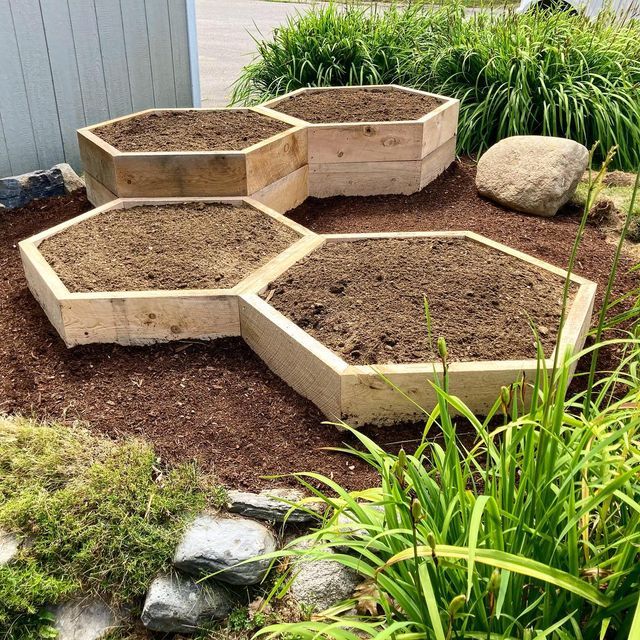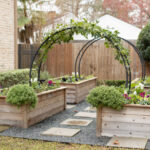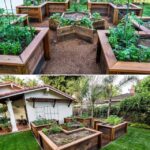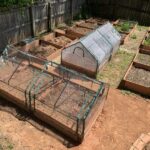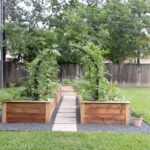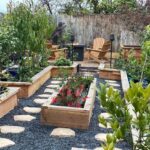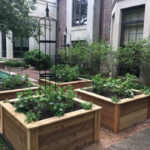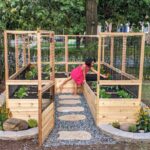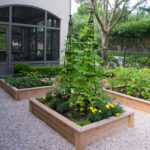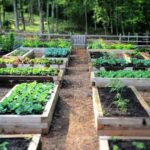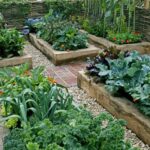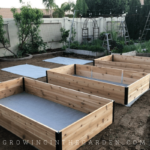Raised garden beds are a popular choice for many gardeners due to their numerous benefits, including better soil drainage, improved air circulation, and easier access for planting and harvesting. When it comes to designing the layout of your raised garden beds, there are several factors to consider in order to maximize the space and create a visually appealing garden.
One important aspect to consider when planning the layout of your raised garden beds is the size and shape of the beds themselves. Beds that are too wide may make it difficult to reach the center for planting and maintenance, while beds that are too narrow may not provide enough growing space for plants. A common recommendation is to keep the width of the beds between 3 and 4 feet, making it easier to access all areas of the bed.
In addition to the size and shape of the beds, the layout of your raised garden beds should also take into account the location of the beds in relation to each other. Consider the direction of sunlight and wind patterns in your garden to ensure that plants receive adequate sunlight and are protected from strong winds. Placing taller plants at the north end of the garden can help prevent shading of shorter plants, while grouping plants with similar water and sunlight requirements together can simplify watering and maintenance.
When designing the layout of your raised garden beds, think about the overall aesthetic appeal of the garden. Consider incorporating different shapes and sizes of beds to create visual interest and break up the monotony of a uniform layout. Paths between the beds can also add to the beauty of the garden, providing easy access for maintenance and creating a structured and organized look.
Another important factor to consider when planning the layout of your raised garden beds is the accessibility of the garden for maintenance and harvest. Leave enough space between beds for walking and wheelbarrow access, and consider adding pathways that are wide enough to comfortably move around the garden with gardening tools. Including seating areas within the garden can also provide a place to relax and enjoy your garden while tending to plants.
Overall, thoughtful planning and consideration of factors such as bed size and shape, bed placement, aesthetic appeal, and accessibility are key to creating a successful layout for your raised garden beds. By carefully designing the layout of your raised garden beds, you can maximize growing space, improve plant health, and create a beautiful and functional garden space to enjoy for years to come.
